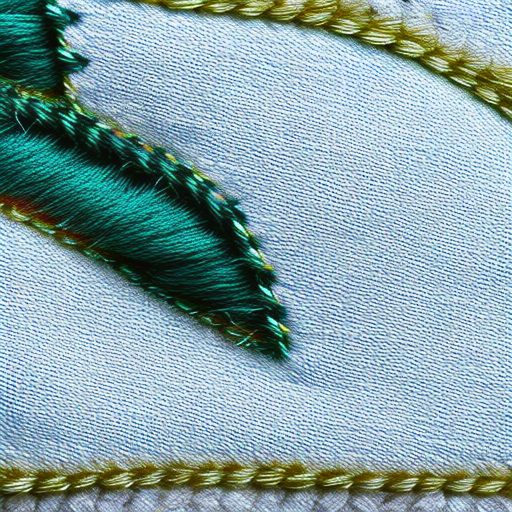Introduction
When it comes to sewing, stitches play a crucial role in holding fabric pieces together. Every stitch has its own unique purpose and characteristics. In this article, we will explore various types of stitches used in sewing, their descriptions, and when to use them.
Straight Stitch
The straight stitch is the most basic and commonly used stitch in sewing. It is created by passing the needle in and out of the fabric, forming a straight line. This stitch is ideal for simple seams, basting, and gathering.
Zigzag Stitch
Zigzag stitch is widely used for finishing raw edges, preventing fabric fraying. It creates a zigzag pattern with a slight stretch, making it suitable for stretchy fabrics or creating decorative edges. It provides a clean and professional finish to garments and can also be used for appliqué work.
Backstitch
Backstitch is a strong and durable stitch used for securing seams or attaching buttons. It involves stitching back and forth, creating a solid line of stitching. This stitch is perfect for areas that require extra strength or reinforcement, such as waistbands, belts, or areas under tension.
Blind Hem Stitch
The blind hem stitch is used to create invisible hems on garments. It is executed by stitching a few straight stitches on the garment’s folded edge and then catching a small part of the fabric from the right side of the garment. This stitch is ideal for creating a neat finish on dress pants, skirts, or curtains.
Overlock Stitch
The overlock stitch, also known as the serger stitch, is utilized to finish raw edges and prevent fabric from fraying. It is commonly seen on the edge of store-bought garments. The overlock stitch sews the fabric edge while simultaneously trimming excess fabric, providing a professional finish and preventing unraveling.
Conclusion
Understanding various stitches and their functions is crucial for a successful sewing project. Each stitch serves a particular purpose and contributes to the overall quality and durability of a garment. Whether you are a beginner or an experienced sewist, mastering different stitches will enable you to create professional-looking garments and projects.




